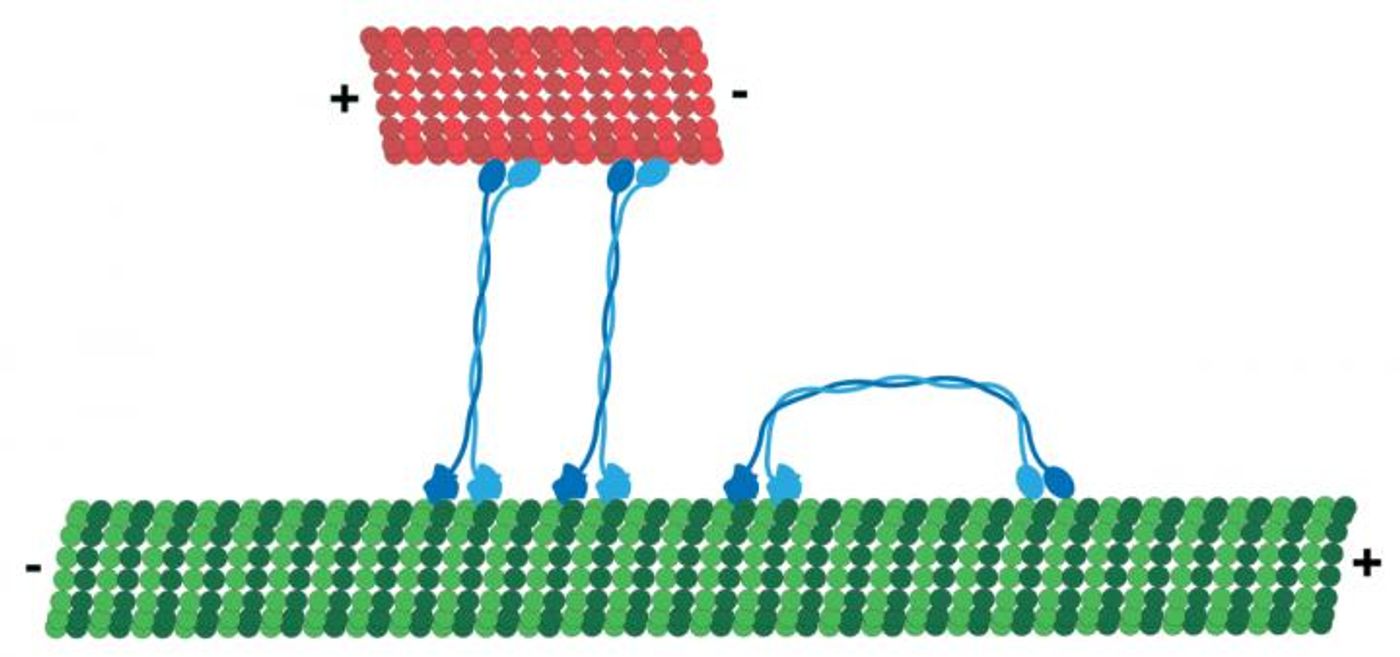Molecular Motor Discovered to Have Bi-directional Ability
Our cells are made up of many small, specialized parts and they use a variety of tiny molecular machines to carry out various functions. Researchers have now learned more about one kind of molecular motor that plays a role in cell division, and this new knowledge thus has the potential to inform research into some kinds of cancer. Reporting in Nature Communications, scientists from the University of Oregon have found something that surprised them – a motor protein with a role in the separation of chromosomes can apparently move in two different directions.
Weihong Qiu, an Assistant Professor of physics in the College of Science at Oregon State University led the work in collaboration with researchers at the Uniformed Services University of the Health Sciences in Maryland and at Henan University in China.
Motor proteins in cells carry out mechanical tasks, for example shuttling cargo along a cellular network called the cytoskeleton, or putting chromosomes into the proper positions so that cell division will occur normally. While there has been extensive research on various motor proteins, there are still big gaps in knowledge about all the various characteristics of those machines.
For this work, the investigators were aiming to try to understand more about a specific kind of molecular motor called KlpA. They took advantage of a high-sensitivity light microscopy process to directly track the movement of individual molecules of KlpA as they move along the cytoskeleton. It was found that KlpA has the ability to move in opposite directions – a striking detail. It had been thought that KlpA-like motor proteins could only operate in a single direction.
In their study the investigators report that KlpA has a part within it that allows it to switch its direction of movement. It can therefore get around to different parts of the cell, helping to place chromosomes into the right places to allow for correct division and production of normal new cells.
"In the past, KlpA-like motor proteins were thought to be largely redundant, and as a result they haven't been studied very much," said Qiu. "It's becoming clear that KlpA-like motors in humans are crucial to cancer cell proliferation and survival. Our results help better understand other KlpA-like motor proteins including the ones from humans, which could eventually lead to novel approaches to cancer treatment."
Qiu and colleagues are excited about the future directions of their work; they would like to investigate KlpA at the atomic level to find out exactly how a switch in directions happens inside the motor.
"KlpA is a fascinating motor protein because it is the first of its kind to demonstrate bidirectional movement," Qiu said. "It provides a golden opportunity for us to learn from Mother Nature the rules that we can use to design motor protein-based transport devices. Hopefully in the near future, we could engineer motor protein-based robotics for drug delivery in a more precise and controllable manner."
In the video above and below, you can see some movies from their research publication. The top movie shows KlpA moving on microtubules (one part of the cytoskeletal network) in one direction, called the minus end; in the bottom video, KlpA can be seen accumulating in the opposite direction, the plus end, on a microtubule.
Sources: AAAS/Eurekalert! via Oregon State University, Nature Communications









